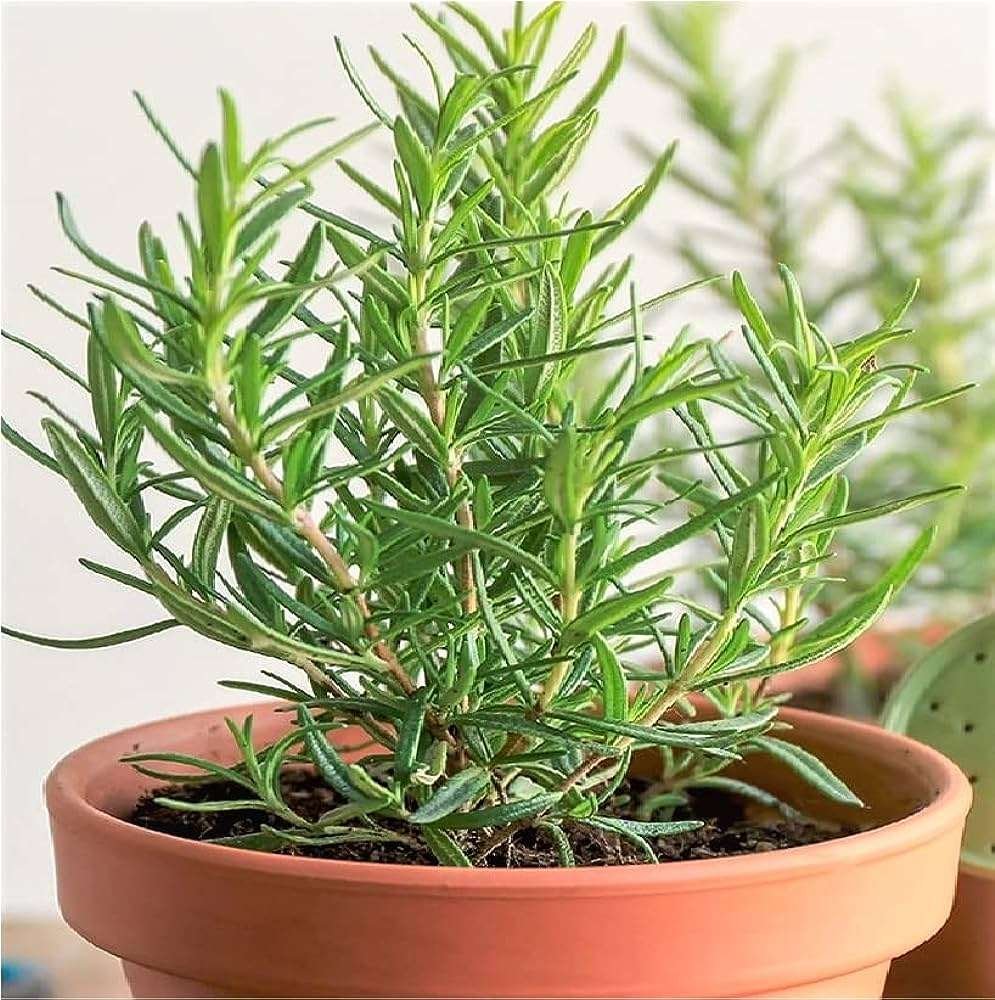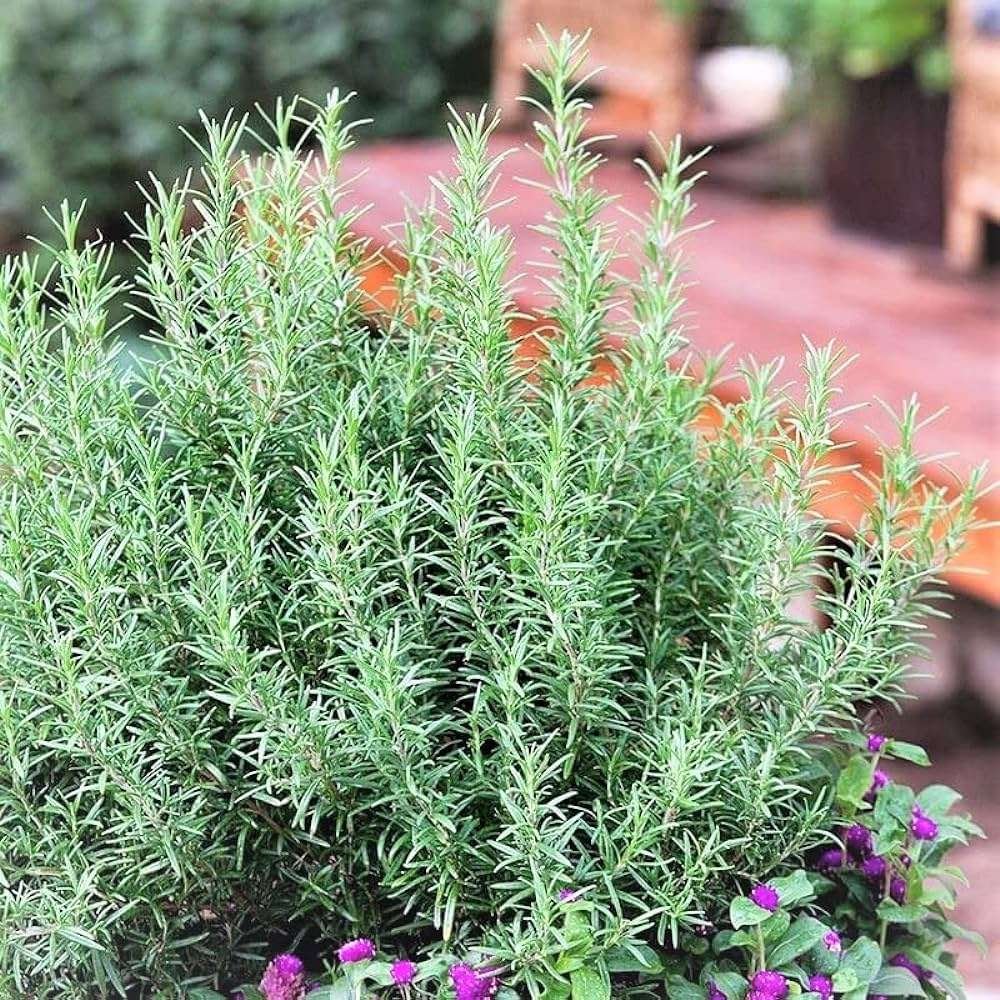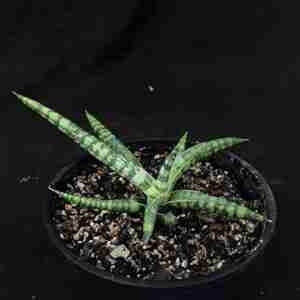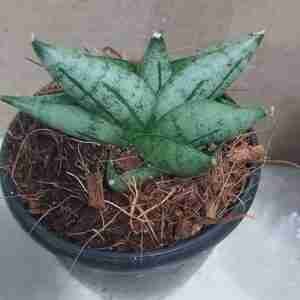Herb Rosemary Seeds
Herb Rosemary Seeds (Rosmarinus officinalis) is a fragrant, evergreen herb native to the Mediterranean region. Known for its needle-like leaves and woody stems, rosemary is cherished for its aromatic flavor and is commonly used in cooking, particularly in Mediterranean cuisine. It is also valued for its potential health benefits and as an ornamental plant.
Here’s a detailed guide to Rosemary Herb Seeds:
1. Germination and Planting
- Soil: Rosemary thrives in well-draining, sandy or loamy soil with a pH of 6.0 to 7.0. Avoid heavy, clayey soils that retain too much moisture.
- Sowing Indoors: Start rosemary seeds indoors 8–10 weeks before the last frost date. Soaking the seeds in water for 24 hours before planting can help improve germination.
- Direct Sowing: You can also sow seeds directly outdoors in spring after the last frost, although starting indoors is often more successful due to rosemary’s slow germination.
- Planting Depth: Sow seeds about 1/4 inch (6 mm) deep. Germination can take 2–3 weeks, so be patient and keep the soil moist but not soggy.
- Spacing: Thin seedlings or space plants about 12–24 inches apart, as rosemary can grow into large bushes.
- Sunlight: Rosemary requires full sun, thriving in at least 6–8 hours of direct sunlight daily.
2. Growth and Care
- Watering: Rosemary is drought-tolerant once established. Water the plants thoroughly and allow the soil to dry out between waterings. Overwatering can lead to root rot.
- Temperature: Rosemary prefers moderate temperatures between 60–75°F (15–24°C). It is hardy in USDA Zones 6–10 but may need protection in colder climates.
- Fertilization: Rosemary does not require heavy fertilization. A light application of balanced organic fertilizer or compost in the spring can support growth.
- Pruning: Prune rosemary regularly to encourage bushiness and prevent woodiness. Trim back about one-third of the plant after flowering.
- Mulching: Mulching can help retain moisture and suppress weeds, but be careful not to bury the stems to prevent rot.
3. Culinary Uses
- Flavor Profile: Rosemary has a strong, aromatic flavor with piney and slightly citrusy notes, making it a wonderful addition to many dishes.
- Uses:
- Meats: Use rosemary to season lamb, chicken, beef, and pork. Its robust flavor pairs well with roasted and grilled meats.
- Vegetables: Add chopped rosemary to roasted vegetables, potatoes, and casseroles for an aromatic touch.
- Breads: Incorporate fresh or dried rosemary into bread recipes for a savory twist.
- Infused Oils and Vinegars: Create herb-infused oils and vinegars by steeping rosemary in olive oil or vinegar for added flavor.
- Soups and Stews: Use rosemary in soups and stews to enhance their flavor and aroma.
4. Nutritional Benefits
- Vitamins and Minerals: Rosemary is rich in antioxidants and contains vitamins A, C, and B6, as well as iron, calcium, and magnesium.
- Anti-inflammatory Properties: Rosemary has anti-inflammatory compounds that may help reduce inflammation in the body.
- Cognitive Benefits: Some studies suggest that rosemary may improve memory and concentration, and its aroma has been associated with enhanced cognitive performance.
- Digestive Health: Rosemary may aid digestion and help relieve gastrointestinal discomfort.
5. Harvesting
- When to Harvest: You can start harvesting rosemary once the plants are established and at least 6–8 inches tall. The best time to harvest is just before flowering when the essential oils are most concentrated.
- How to Harvest: Use scissors to snip off sprigs or individual leaves as needed. You can also cut larger stems, leaving at least one-third of the plant intact to promote regrowth.
- Storage: Fresh rosemary can be stored in the refrigerator wrapped in a damp paper towel or placed in a jar with water. Dried rosemary should be stored in an airtight container in a cool, dark place.
6. Growing Rosemary Indoors
- Containers: Rosemary grows well in containers, making it suitable for indoor herb gardens. Choose a pot with drainage holes and a depth of at least 6–8 inches.
- Sunlight: Place the container in a sunny spot where it receives adequate light. Consider using grow lights if natural light is insufficient.
- Care: Water sparingly, allowing the soil to dry out between waterings. Indoor rosemary may require less frequent watering than outdoor plants.









Reviews
There are no reviews yet.